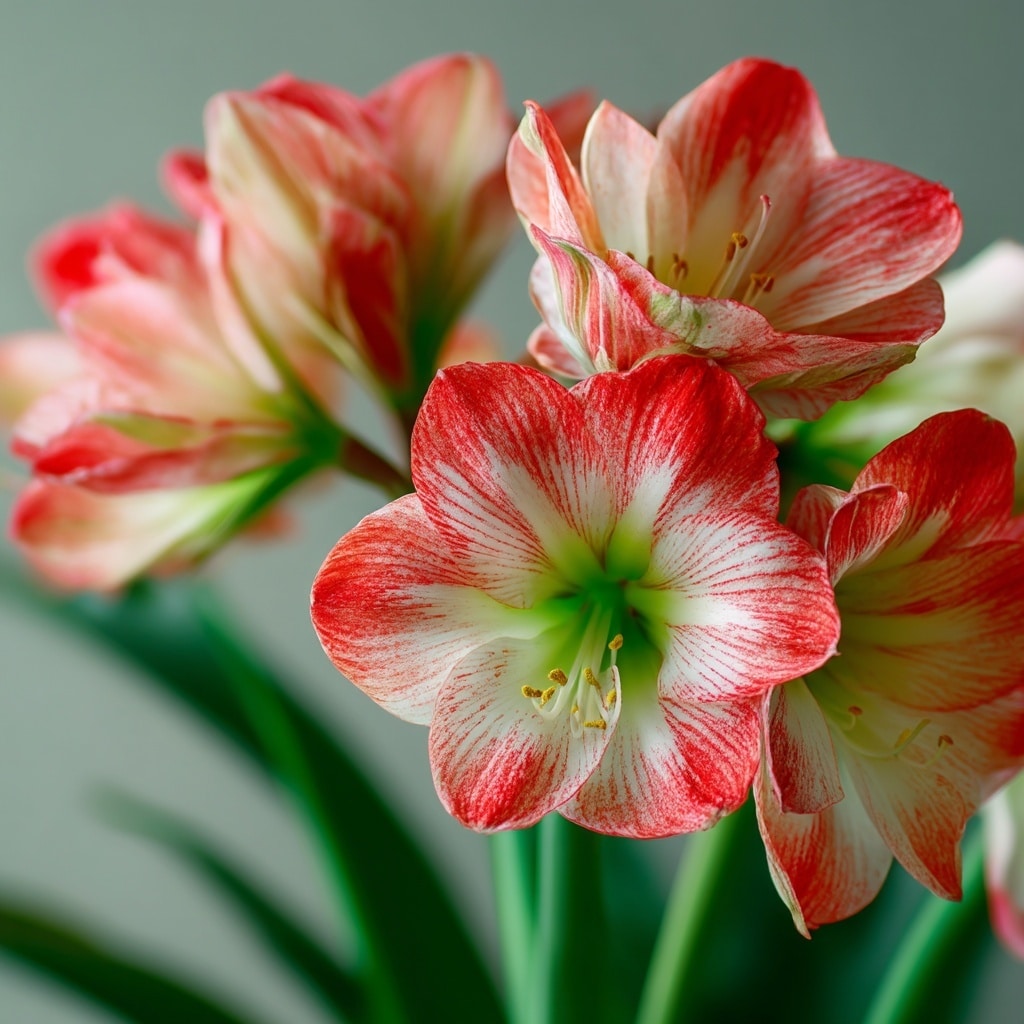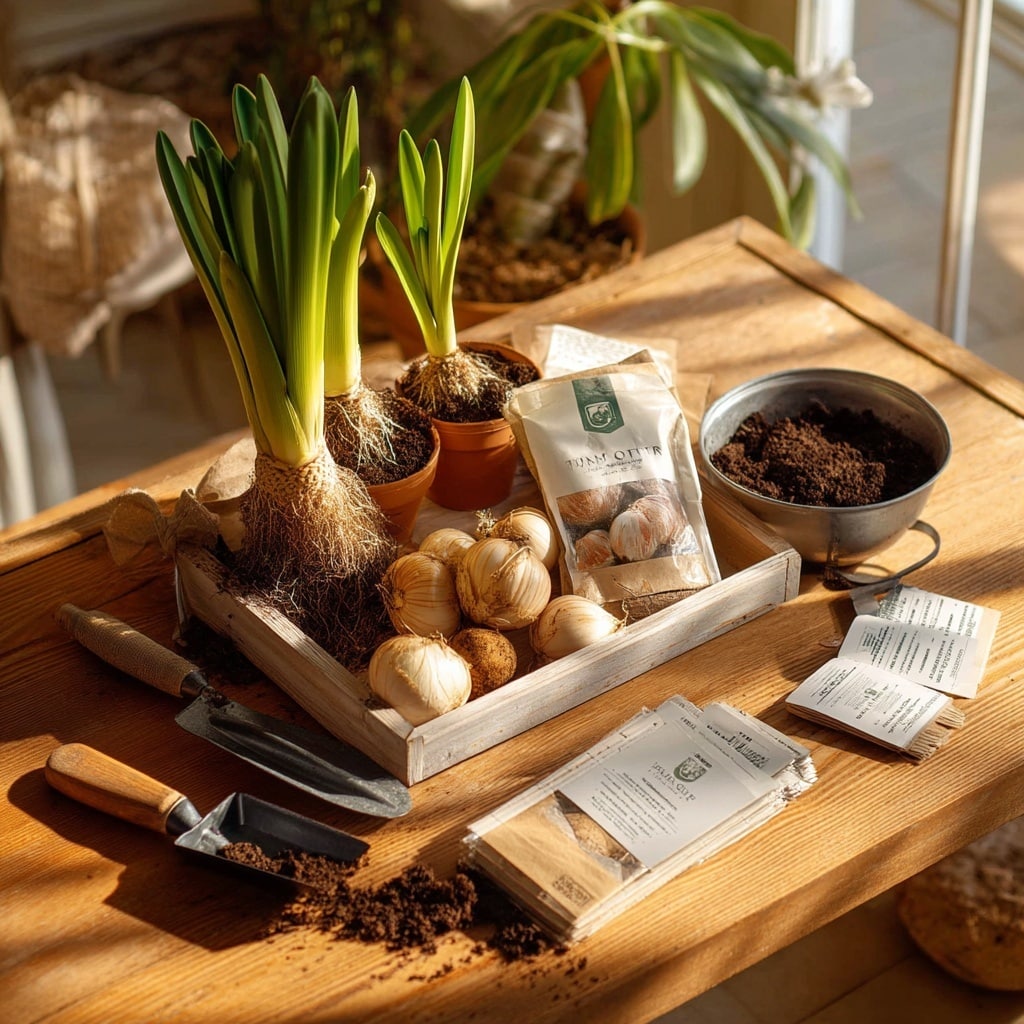Amaryllis is one of the easiest and most rewarding flowering bulbs you can grow, whether you’re a seasoned gardener or just starting out. Known for its striking trumpet-shaped blooms and bold colors, this tropical beauty can bring vibrant life to your home or garden from winter through late spring.
With the right planting technique and seasonal care, amaryllis bulbs can bloom reliably year after year. Whether you’re growing them indoors for winter cheer or outside as part of your spring landscape, a little preparation goes a long way in getting those lush, show-stopping flowers.
In this guide, you’ll learn exactly how to plant, water, store, and rebloom amaryllis bulbs for consistent success.
Table of Contents
Quick Tips for Growing Amaryllis
If you’re short on time or just want a refresher, here are the essentials to keep your amaryllis growing strong:
- Planting Season: Start bulbs anytime from October through late April.
- Bloom Time: Flowers typically appear 7–10 weeks after planting.
- Best Bloom Window: Expect blossoms from late December to the end of June, depending on when you plant.
- Bulb Size Matters: Larger bulbs tend to produce more flower stalks and blooms.
- Storage Tip: If you’re not planting right away, keep bulbs in a cool, dry place at 40–50°F (such as a basement or fridge—just avoid storing near apples).
Following these simple tips sets you up for lush, long-lasting amaryllis blooms.
Amaryllis – A Unique Blooming Beauty
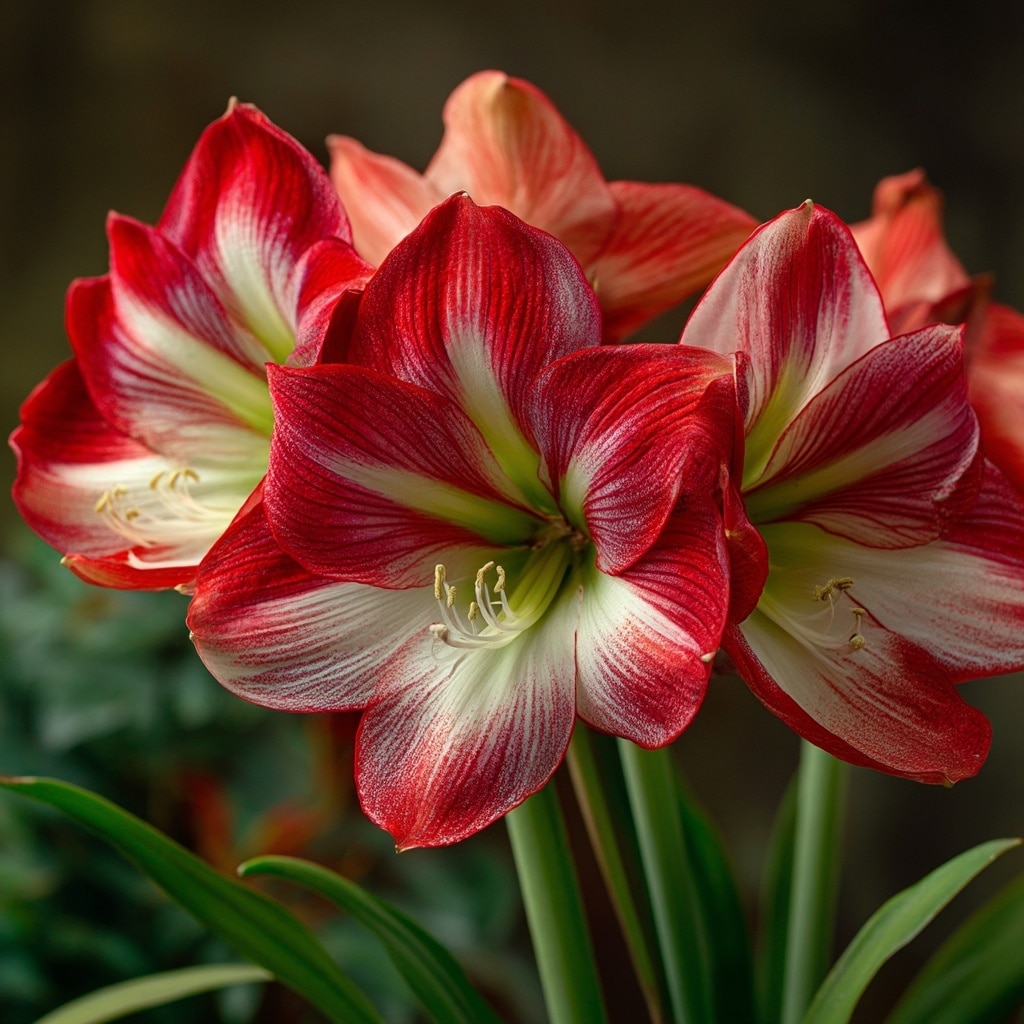
Of all flowering bulbs, amaryllis stands out for its simplicity and stunning display. Unlike many bulbs that require cold stratification or fussy care, amaryllis can bloom indoors or outdoors with minimal effort—making it perfect for beginners and seasoned plant lovers alike.
Native to the tropical regions of South America, amaryllis (botanically known as Hippeastrum) has become a favorite worldwide for its large, trumpet-shaped flowers. You’ll find varieties in vivid shades of red, white, pink, salmon, and orange, as well as eye-catching striped or multicolored patterns that blend hues like red and white or pink and cream.
Whether in a holiday centerpiece or a sunny windowsill, the bold charm of amaryllis is hard to match.
Preparing Amaryllis Bulbs for Planting
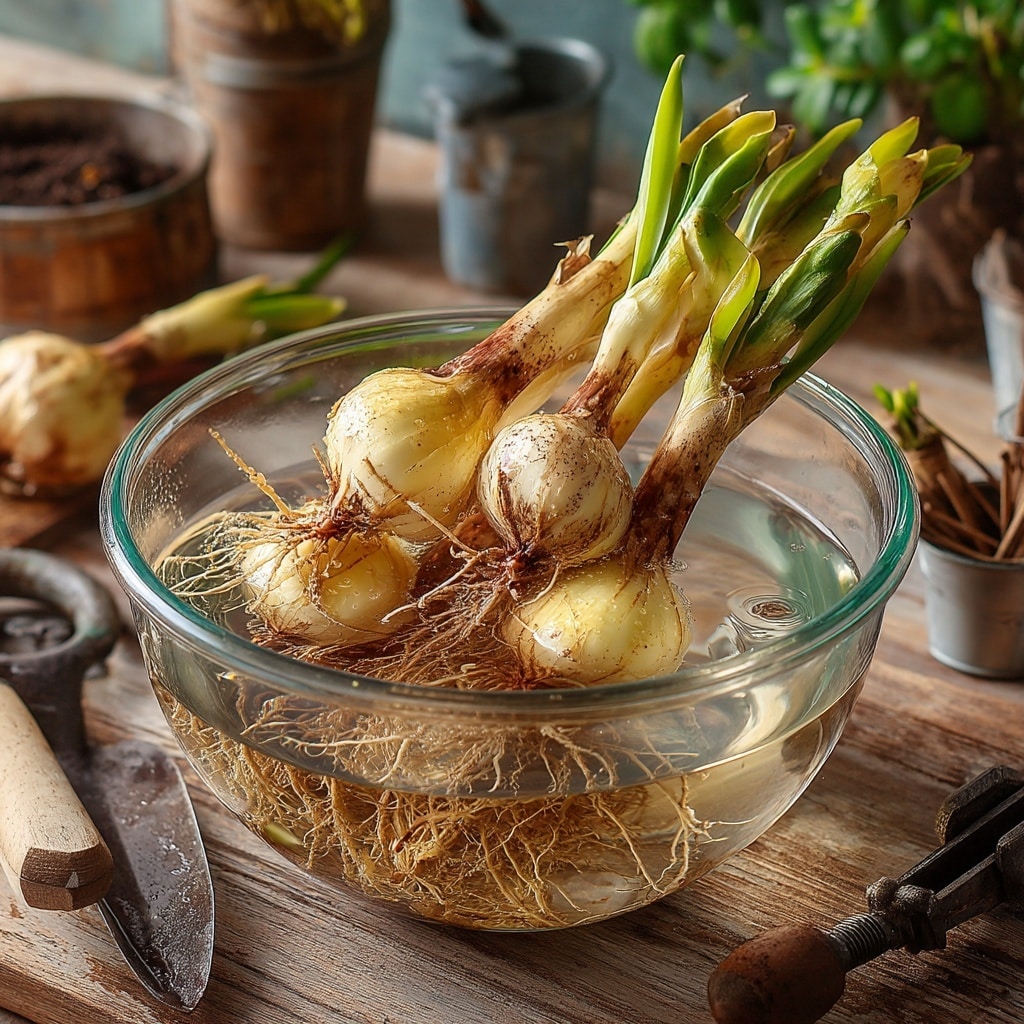
Before planting, it’s important to give your amaryllis bulbs a good start. Begin by soaking just the base and roots of the bulb in lukewarm water for a few hours. This helps rehydrate the roots and encourages faster sprouting once planted.
If you’re not ready to plant immediately after receiving your bulbs, don’t worry. Simply store them in a cool, dry location between 40–50°F. A basement, cellar, or the crisper drawer of a refrigerator works well—just be sure to keep them away from apples, which release ethylene gas that can sterilize the bulb.
Proper preparation sets the stage for strong root growth and beautiful blooms from your amaryllis.
How to Plant Amaryllis Bulbs
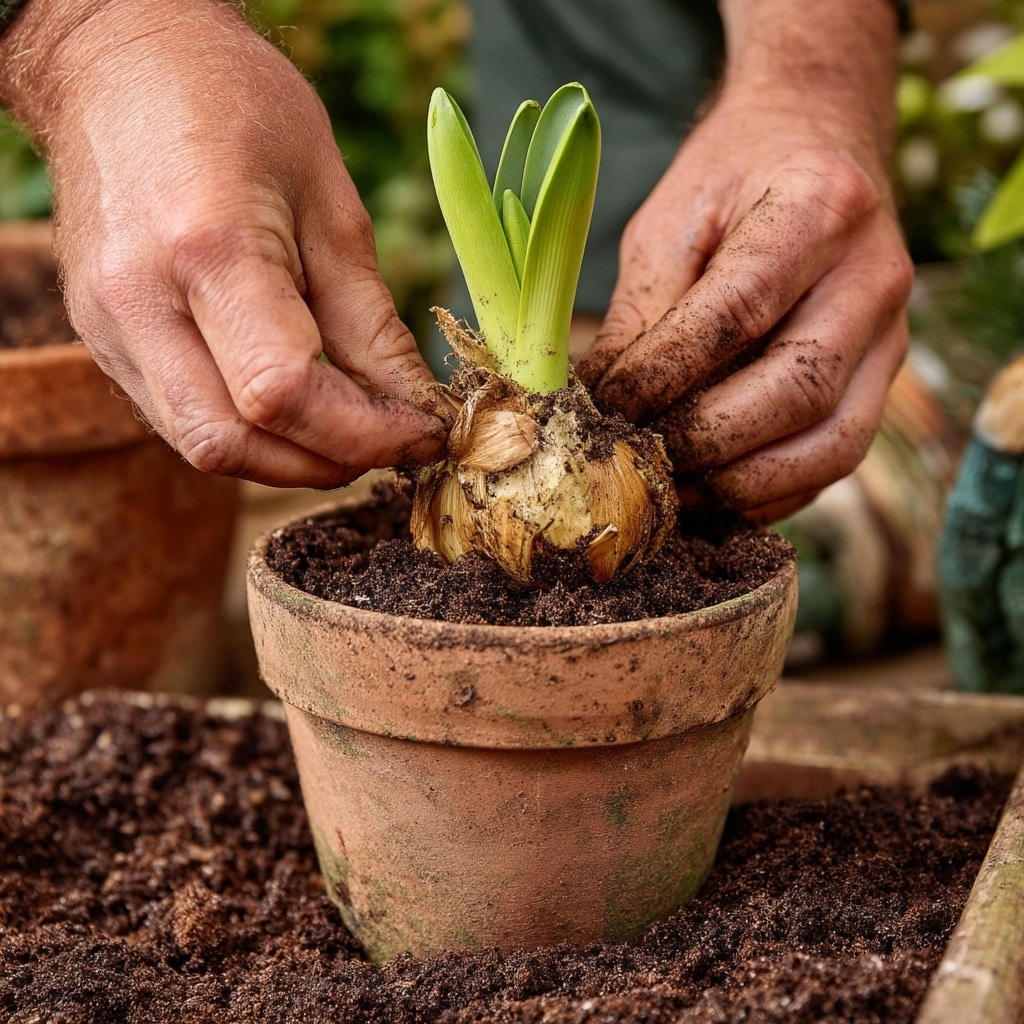
Planting amaryllis bulbs is simple, but a few key steps can make all the difference in bloom quality. Use a well-draining, nutrient-rich potting mix—many pre-mixed blends labeled for bulbs or indoor plants work well. Avoid using heavy garden soil, which can retain too much moisture.
Choose a pot just slightly larger than the bulb, with good drainage holes. Position the bulb so that the top third remains above the soil line, and be gentle not to damage the roots while planting.
After placing the bulb, firm the soil around it to anchor it in place. A snug fit encourages upright growth and prevents the bulb from shifting as it begins to grow.
With the right start, your amaryllis will reward you with strong stems and vibrant blooms.
Placement and Watering for Healthy Amaryllis Growth
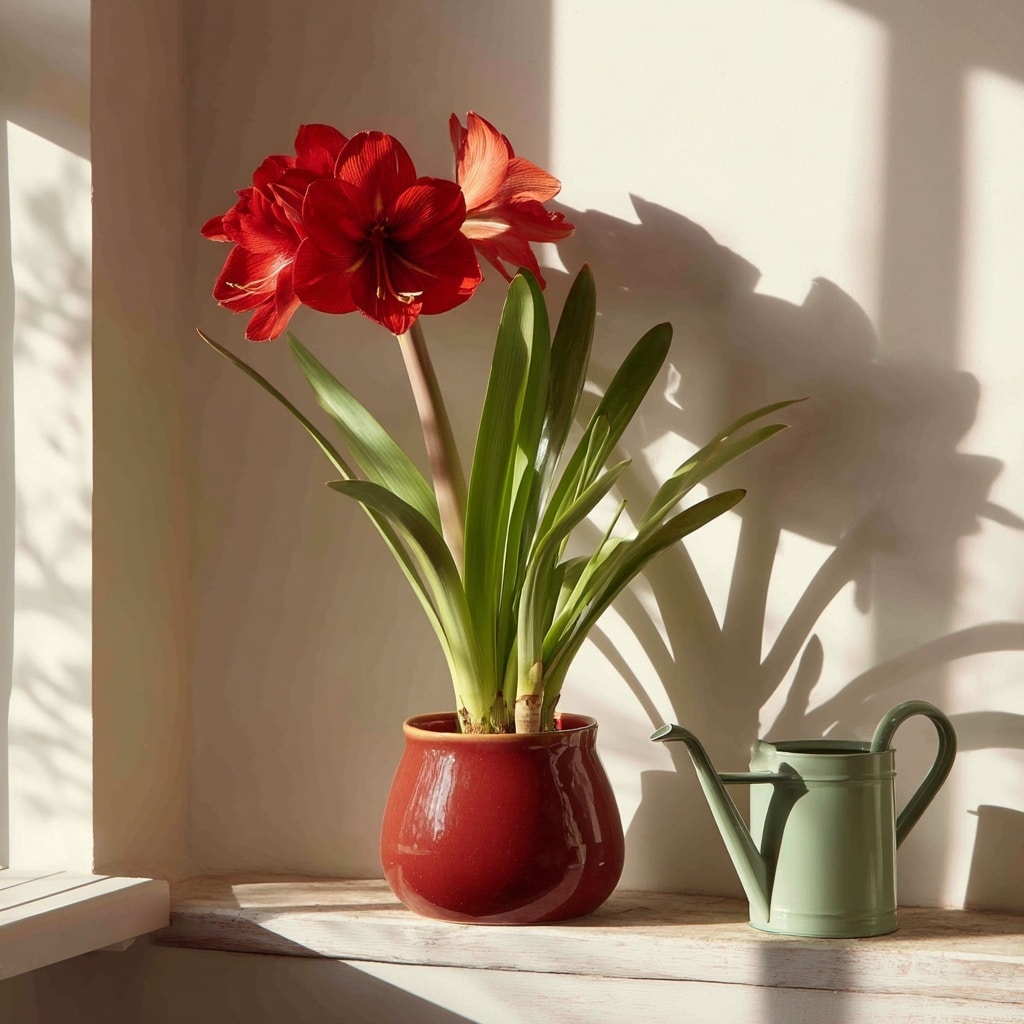
After planting, where you place your amaryllis and how you water it are crucial to its success. Keep the pot in a warm, sunny location—a south-facing window works best. The ideal temperature range is 68–70°F, which helps encourage stem development.
Water the soil sparingly at first. Too much moisture early on can lead to rot. Once the green stem appears, you can gradually increase watering. As the bud and leaves begin to grow, keep the soil lightly moist but never soggy.
Proper placement and careful watering will help your amaryllis thrive, producing sturdy stems and bold, vibrant blooms.
Understanding the Amaryllis Flowering Period
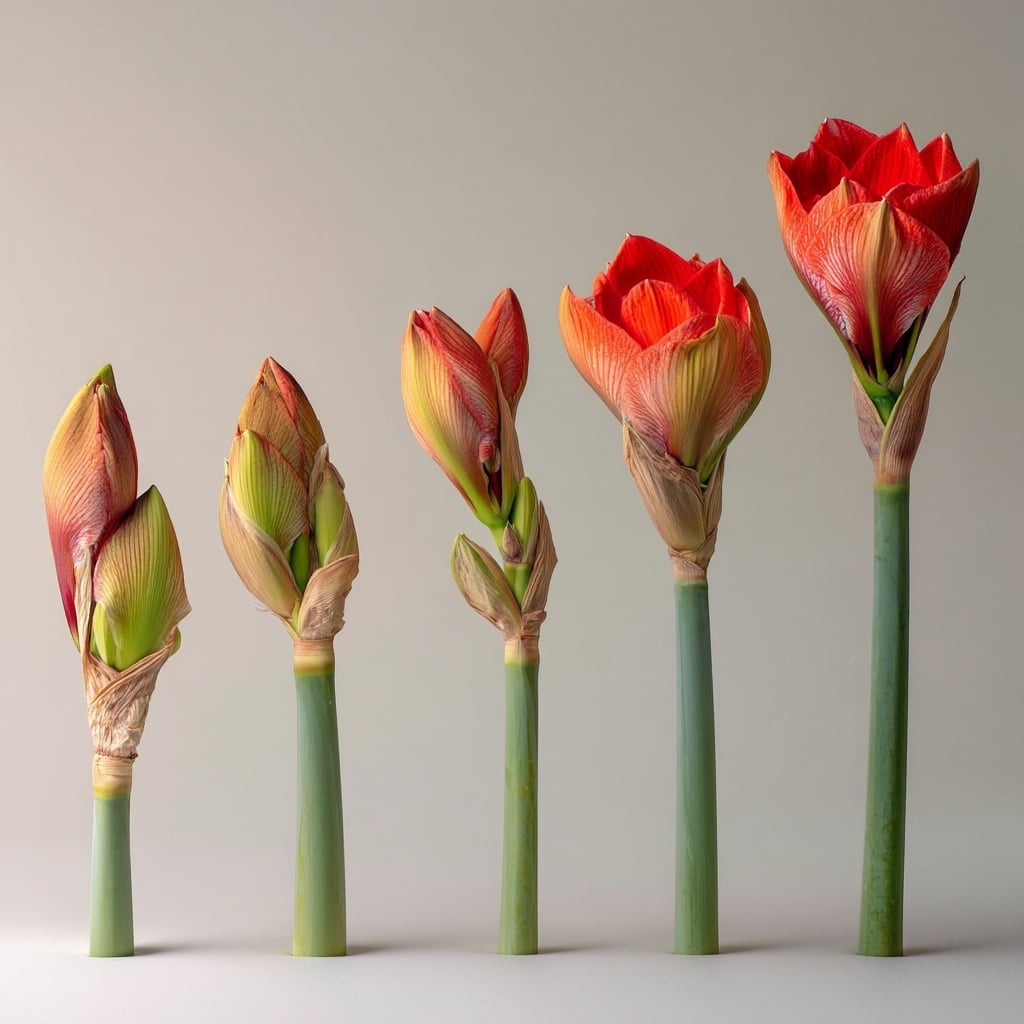
Once planted, your amaryllis will usually bloom within 7 to 10 weeks. Timing can vary slightly depending on when you plant and the surrounding temperatures—winter-planted bulbs tend to take longer, while spring plantings often bloom faster.
To enjoy blooms over several months, you can stagger your plantings. For example, plant one bulb every 2–3 weeks between October and April. This way, you’ll always have fresh flowers in rotation from late December through June.
The beauty of amaryllis is in its flexibility. With just a little planning, you can enjoy a steady wave of color all season long.
After-Bloom Care for Amaryllis
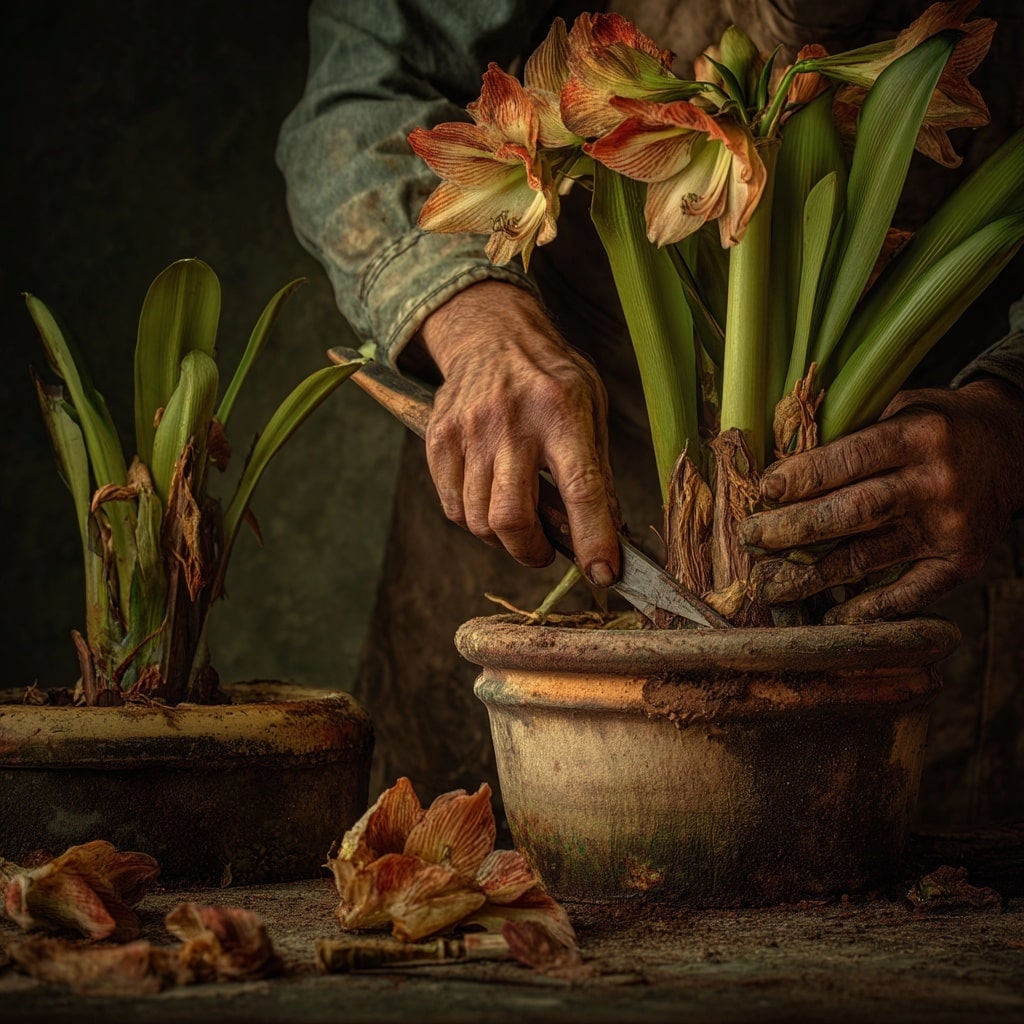
Once your amaryllis finishes flowering, a little care can ensure it blooms again next season. Begin by cutting off the spent flowers from the stem to prevent seed formation. When the flower stalk begins to droop, trim it back to just above the top of the bulb—this helps the plant focus energy on leaf development.
During the following months, allow the leaves to grow fully. Keep watering regularly and feed with a balanced fertilizer every few weeks. This phase is crucial, as the leaves provide energy that is stored in the bulb for next year’s bloom.
With the right post-bloom care, your amaryllis can rebloom beautifully for years to come.After-Bloom Care for Amaryllis
Once your amaryllis finishes flowering, a little care can ensure it blooms again next season. Begin by cutting off the spent flowers from the stem to prevent seed formation. When the flower stalk begins to droop, trim it back to just above the top of the bulb—this helps the plant focus energy on leaf development.
During the following months, allow the leaves to grow fully. Keep watering regularly and feed with a balanced fertilizer every few weeks. This phase is crucial, as the leaves provide energy that is stored in the bulb for next year’s bloom.
With the right post-bloom care, your amaryllis can rebloom beautifully for years to come.
How to Store Amaryllis Bulbs for Reblooming
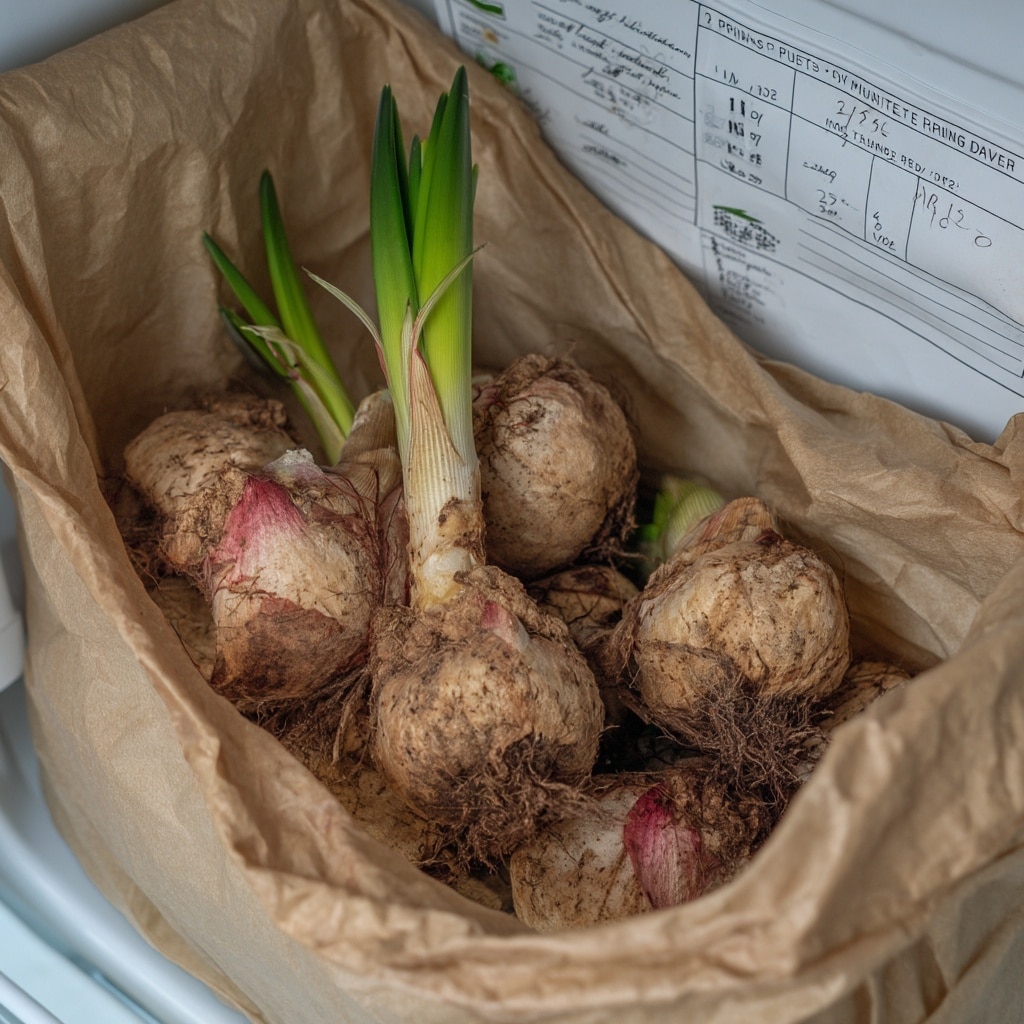
When the leaves of your amaryllis begin to yellow—usually in early fall—it’s time to prepare for dormancy. Trim the leaves down to about 2 inches above the bulb, then gently remove the bulb from the soil. Brush off any remaining soil, but avoid washing with water.
Store the bulbs in a cool, dark place at 40–50°F for a minimum of 6 weeks. A refrigerator crisper works well, but never store amaryllis bulbs near apples, as the ethylene gas they release can render your bulbs sterile.
Once the rest period is over, you can plant again about 8 weeks before you’d like blooms. With proper storage, your amaryllis will be ready to impress all over again.
Conclusion
Caring for amaryllis isn’t complicated—it just takes a bit of timing, patience, and attention to detail. With proper planting, the right lighting, careful watering, and off-season storage, these stunning blooms can bring joy to your home or garden year after year.
Whether you’re growing them indoors in the winter or using them as a colorful accent outdoors in spring, amaryllis offers long-lasting beauty and a reliable return on your gardening effort.
If you enjoyed this guide, you might also like our articles on:

